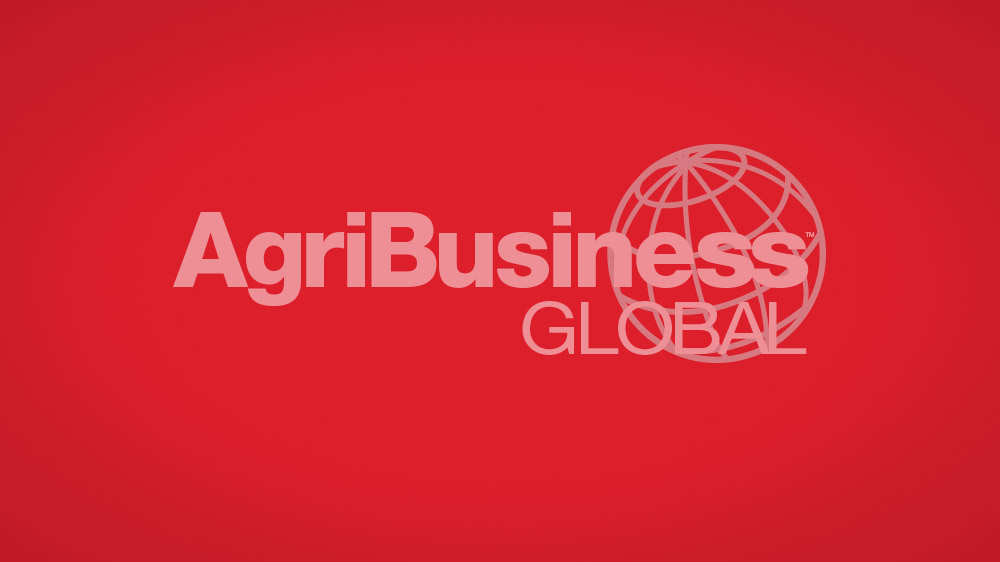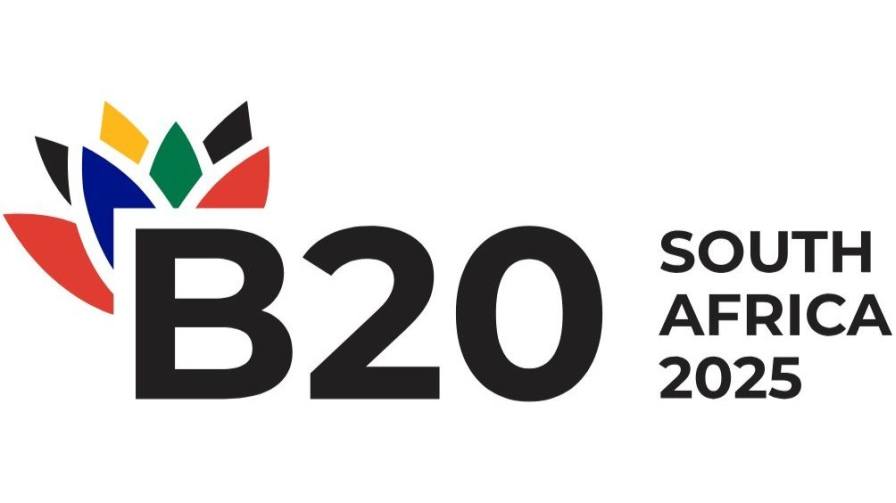Bringing Innovative Products to Europe: How R&D Is Shaping the Future of Agriculture
Companies are balancing the demands of producing effective agricultural products while minimizing environmental impact. Contract research organizations (CROs) serve as vital partners, helping clients develop and decide on biosolutions supported by scientific data for registering new active substances and/or bioproducts and getting them to market. AgriBusiness Global recently interviewed Eurofins Agroscience Services (EAS) to get perspectives from their European teams into what CROs need to be doing today to help client bring bioproducts to these two regional markets.
ABG: What are some R&D examples of how your company helps clients achieve their sustainability goals?
Eurofins Agroscience Services: CROs play a pivotal role in driving sustainable innovation in agriculture, particularly in the sectors of plant protection, both synthetic and biological products (such as microbials, plant/natural extracts, biostimulants or biofertilizers). Recent advances in ag-tech and digitalization have impacted favorably too, on sustainability goals, across the broader agroscience sector.
One example of R&D support is the development of biological products that reduces reliance on synthetic chemicals. CROs assist clients in identifying and characterizing naturally occurring microorganisms, plant extracts, and biochemicals that can effectively manage pests and disease while being safer for the environment. CROs support clients by optimizing the formulation, assessing environmental impact, and ensuring regulatory compliance for these biological products. This approach aligns with the Safe and Sustainable by Design (SSbD) concept (which is a voluntary approach to guide the innovation process for chemicals and materials, announced on 8 Dec 2022 in a European Commission recommendation) by ensuring that biological products are designed to be both effective, and safer for the environment from the outset.
There are numerous other ways that a research partner, such as a CRO, can help a client achieve their sustainability goals – some recent examples from EAS include:
- Evaluation of the efficacy and the safety of new technologies to preserve the quality of harvested commodities, contributing to reduce food waste (reduction of post-harvest diseases and pests). Expert teams conduct human exposure and environmental studies to help establish product application recommendations that have less impact for human beings and their environment.
- Conducting plant phenotyping programs in controlled and open field conditions, to create crop varieties more resilient to adverse conditions brought by climate change (spring drought, winter frost, emerging pests and diseases).
- Bioequivalence trials, conducted to register higher active loaded formulations. For a client, this means they can often reduce packaging, but it also means they ship more product for less (cost and emissions).
As mentioned previously, the advent of digitalization really can optimize and reduce the usage of inputs (crop protection and fertilizer). To find the optimum of an individual application, a lot of data and experiments have to be generated – a typical field of R&D.
Exciting examples can be found in the seeds sector too, where the R&D facilities search for new varieties to meet the challenges we face today (e.g. of climate change). This can protect the plants for additional fertilization, crop protection or irrigation.
ABG: With sustainability becoming a critical focus for many companies, how can R&D services be aligned with the latest trends and regulations?
EAS: Agricultural regulations are becoming increasingly stringent, with greater emphasis on human being and environmental impact, biodiversity protection, and carbon footprint reduction. CROs can offer regulatory consulting services to help clients navigate these evolving landscapes. For example, the European Green Deal and its associated Farm to Fork Strategy set ambitious targets for reducing pesticide use and promoting organic farming. CROs, such as EAS who do have regulatory consulting services as part of their services portfolio, can guide clients in meeting these targets by supporting the development of biopesticides or organic fertilizers that comply with new regulations, thus facilitating market entry and ensuring long-term viability.
In addition to regulatory alignment, CROs can help clients stay ahead of sustainability trends by adopting cutting-edge technologies and methodologies. For instance, precision agriculture technologies, such as remote sensing, Intelligence of Things (IoT), and big data analytics, allow for more efficient use of resources, reducing both human being and environmental impact while maximizing crop yields. CROs can support clients in integrating these technologies into their R&D pipelines, ensuring that new products are compatible with precision agriculture systems and can deliver measurable sustainability benefits.
To preserve time and resources in our R&D projects, we are constantly adopting these new technologies and digital solutions. For instance, our field agronomists now frequently conduct drone imagery assessments in order to deliver more data from each field location, in near-real time – the upshoot? We can make faster and better decisions. It also provides better traceability back to the field trial.
ABG: What challenges arise when balancing the demands of R&D innovation with the need for sustainable outcomes, and how can these challenges be overcome to deliver effective solutions?
EAS: One major challenge is the potential trade-off between product efficacy and environmental safety. For example, developing a biopesticide that is both highly effective and environmentally benign can be difficult because the mechanisms that kill pests might also pose risks to non-target species or ecosystems. CROs can address this challenge by employing a multi-disciplinary approach that combines traditional toxicology with ecological risk assessment and environmental modeling. By thoroughly understanding the environmental impact of new products, CROs can help clients refine their formulations to achieve an optimal balance between efficacy and safety.
Another challenge is the long and complex regulatory approval process for new sustainable products. Regulatory bodies often require extensive data on the safety and efficacy of new agricultural inputs, which can delay market entry and increase development costs. To overcome this, CROs can streamline the R&D process by utilizing advanced data analytics and modeling techniques to predict product performance and potential risks early in the development cycle. Additionally, CROs can provide clients with strategic advice on regulatory submission processes, helping to reduce time-to-market while ensuring compliance with all necessary regulations.
The integration of new technologies into sustainable product development also presents a challenge. Innovations such as precision agriculture, biotechnology, and digital farming tools require significant R&D investment and expertise, which can be a barrier for some companies. CROs can help mitigate this challenge by offering specialized R&D services that leverage these technologies, such as genomics for crop improvement or AI-driven analytics for optimizing resource use. By providing access to cutting-edge tools and expertise, CROs enable clients to incorporate these innovations into their products, enhancing both sustainability and competitiveness.
Lastly, there is the challenge of market acceptance and consumer perception. Even if a product is sustainable and effective, it may face resistance from consumers or farmers who are wary of new technologies or unfamiliar practices. CROs can help clients overcome this barrier by conducting field trials, demonstrations, and education campaigns that build trust and showcase the benefits of sustainable products. By engaging with stakeholders throughout the development process, CROs can ensure that new products not only meet sustainability criteria but are also well-received in the market.
Sustainability outcomes are, in the end, all about standards being used for reporting and certification. At the moment, we see various approaches and technologies contributing toward beneficial sustainable outcomes. A full acceptance will be seen, once there is clarity on how sustainable outcomes will be measured and being used for certification and reporting. This will then further fuel innovation and gives clearer direction.






